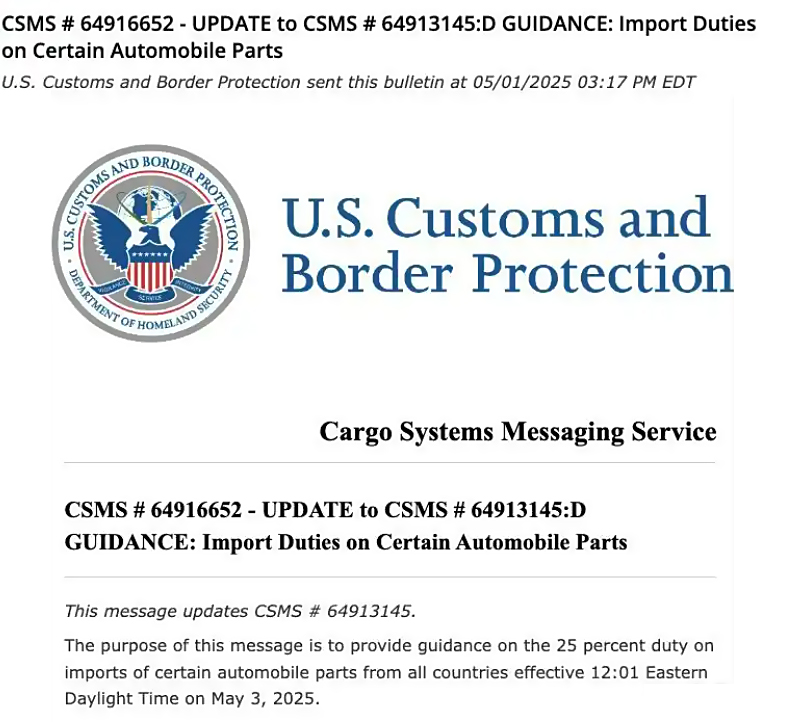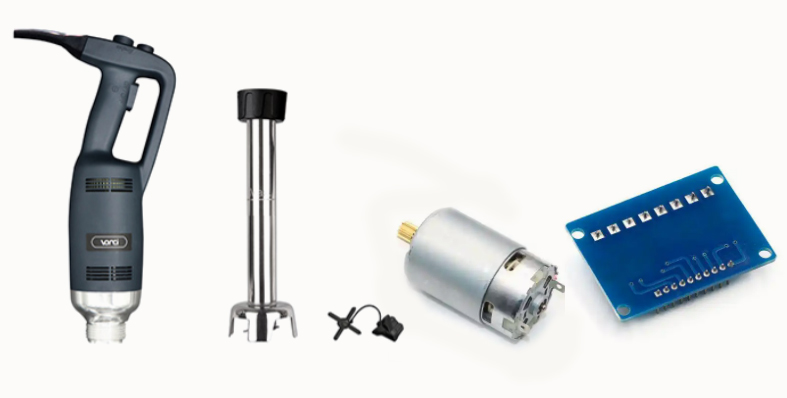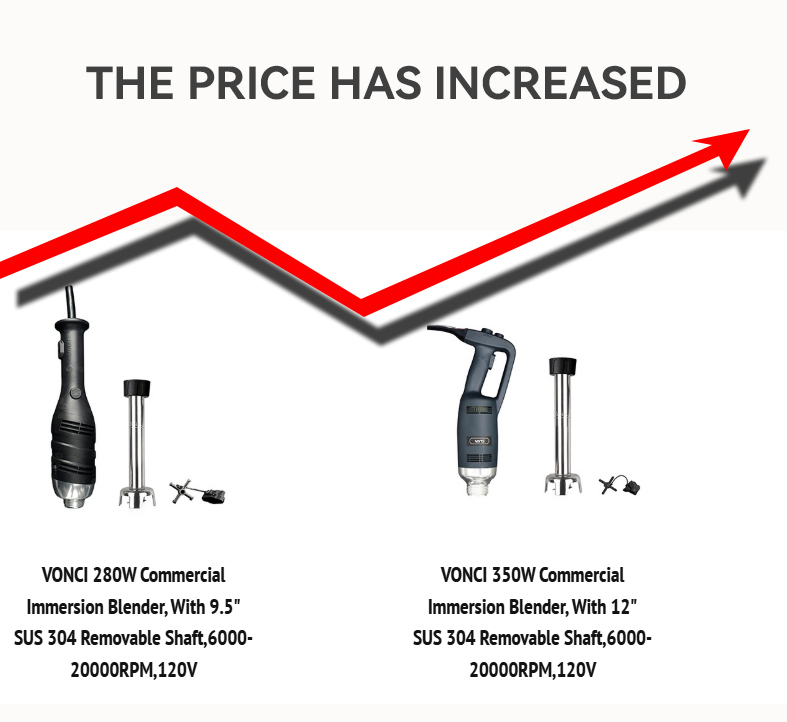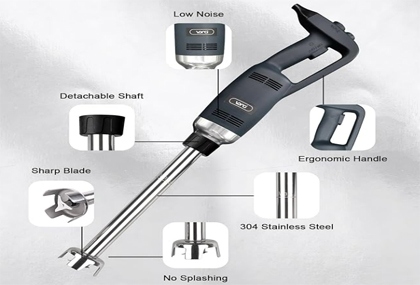Analysis of the Reasons for the Increase in Blender Prices Due to Tariff Hikes
May 07,2025
251
Recently, the price of blenders has increased, and one of the important factors is the increase in tariffs. Take the United States as an example. On March 26, 2025, the United States issued Notice No. 10908 on the adjustment of imported automobiles and auto parts in the United States. According to Section 232 of the Trade Expansion Act of 1962, an ad valorem tariff of 25% is imposed on parts and components of passenger vehicles (sedans, sport utility vehicles, crossover utility vehicles, minivans and vans) and light trucks from all countries. Although this seemingly mainly targets auto parts, blender manufacturers may also be affected.

The production and manufacturing of blenders involve numerous components, and some components may come from different countries and regions. If the import tariffs on these components are increased, just as the increase in auto parts tariffs leads to an increase in the cost per container by tens of thousands of dollars, the costs of blender manufacturers will also rise significantly. For example, for key components of blenders such as motors and control modules, if the country of origin faces a tariff increase, enterprises will need to pay more when purchasing these components.

Looking at historical cases, in 2018, the United States imposed a 20% - 50% tariff on imported washing machines, resulting in an increase in the prices of all washing machines (both imported and domestic) in the US market. It is estimated that the increase was around 12%. The blender industry may face a similar situation. When the import tariffs on components increase, in order to maintain a certain profit margin, enterprises have to increase the selling prices of blenders and pass on the increased costs to consumers.

In addition, the complex layout of the global supply chain makes it difficult for blender manufacturers to quickly adjust their procurement sources in the short term to avoid the cost pressure brought about by the increase in tariffs. Enterprises cannot promptly find alternative component suppliers in regions with lower tariffs, or even if they do, they may face problems such as unstable product quality and insufficient production capacity of the new suppliers. Therefore, in this case, the increase in tariffs has become a key factor driving the increase in blender prices.





